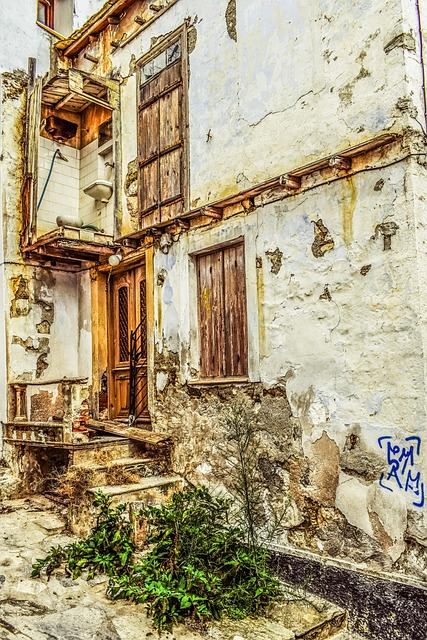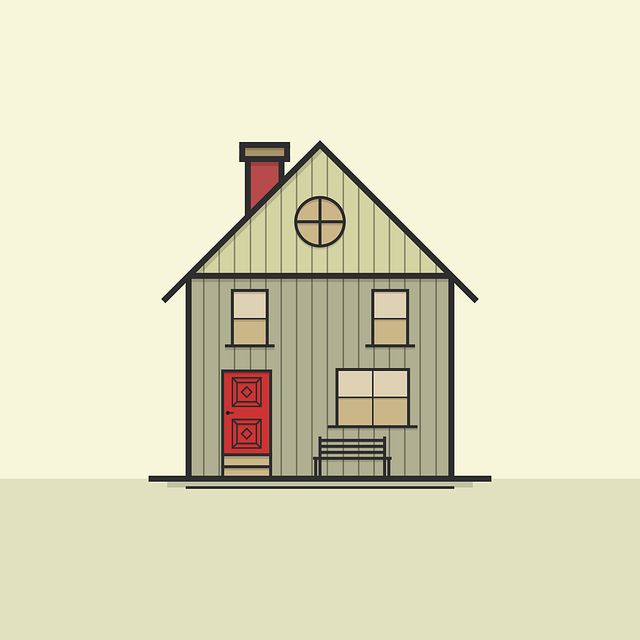House flipping investors play a crucial role in California's competitive real estate market by transforming fire-damaged homes into profitable ventures. They identify undervalued properties, navigate hidden costs and local regulations, and efficiently renovate these houses with an eye on market trends. By quickly reselling these properties, they not only revive neighborhoods but also contribute to the state's dynamic housing landscape. Selling a fire-damaged house in California requires strategic documentation, accurate cost assessments, and leveraging tax incentives. Flippers face intricate legal and financial landscapes due to strict building codes, but their efforts can lead to community revitalization by boosting property values, creating jobs, and attracting new residents.
“House flipping investors are transforming the real estate landscape in California, particularly after devastating fires leave properties in need of renovation. This article delves into the motivations and strategies of these savvy investors, who play a crucial role in revitalizing communities post-disaster.
From understanding the unique market for fire-damaged homes to navigating legalities and financial considerations, we explore successful flipping tactics. We also highlight success stories that demonstrate how these investors can breathe new life into affected areas.”
- Understanding House Flipping Investors: Their Role and Motivation
- The Market for Fire-Damaged Properties in California
- Strategies for Selling a Fire-Damaged House to Investors
- Legal and Financial Considerations for Flippers and Homeowners
- Success Stories: How House Flipping Can Revitalize Communities
Understanding House Flipping Investors: Their Role and Motivation

House flipping investors play a pivotal role in the real estate market, especially in areas like California where the demand for housing is high. These investors are individuals or groups who purchase distressed properties, such as fire-damaged homes, at below-market prices with the intent to renovate and resell them for a profit. Their primary motivation lies in identifying undervalued assets and leveraging their skills and resources to maximize returns.
These investors bring expertise in property assessment, renovation management, and marketing strategies. They understand the potential hidden costs within a fire-damaged house, like structural repairs or updating electrical systems. By quickly securing these properties, flipping investors aim to renovate them efficiently, considering market trends, and then listing them for sale before competition arises. This process not only revitalizes neighborhoods but also contributes significantly to California’s dynamic real estate landscape.
The Market for Fire-Damaged Properties in California

The market for fire-damaged properties in California presents unique opportunities for house flipping investors. With frequent wildfires affecting various regions across the state, there is a steady supply of homes that require significant renovations or complete rebuilding. This provides flippers with the chance to acquire properties at potentially lower prices compared to the traditional real estate market.
California’s vast and diverse landscape means that fire-damaged houses can be found in both urban and rural settings. Investors who specialize in this niche can capitalize on the growing demand for housing, especially in areas experiencing population growth or urban expansion. Selling a fire-damaged house in California requires careful assessment of local regulations and rebuilding codes, but successful flippers can turn these challenges into opportunities, creating desirable and modern homes from the remnants of past fires.
Strategies for Selling a Fire-Damaged House to Investors

When it comes to selling a fire-damaged house in California, investors often look for opportunities to rehabilitate and turn a profit. The key is to approach this process strategically, focusing on transparency and showcasing the potential for transformation. First, thoroughly document the damage caused by the fire, including taking high-quality photos and creating a detailed report. This not only provides an accurate representation of the house’s current state but also allows potential investors to envision the end result.
Next, consider the cost of repairs in light of the property’s value after the fire. Investors often seek properties with a good return on investment, so presenting a realistic and competitive asking price that accounts for necessary renovations can attract their interest. Additionally, highlighting the benefits of California’s favorable tax incentives for rehabilitating historic or damaged properties can be an effective selling point.
Legal and Financial Considerations for Flippers and Homeowners

When flipping a house, especially a fire-damaged property in California, investors must navigate a complex landscape of legal and financial considerations. The state’s stringent building codes and strict regulations on renovation projects are designed to ensure safety and quality but can also pose significant challenges for those looking to quickly turn a profit. Flippers need to be aware of the local permitting process, which may require detailed plans and inspections at various stages of the renovation. Failure to comply with these regulations can result in costly delays, fines, or even legal action.
Financial aspects are equally critical. Investors should carefully assess the extent of fire damage and its impact on the property’s value. In California, selling a fire-damaged house requires transparency regarding any repairs and renovations conducted, as well as potential hidden costs that may arise. Consulting with professionals in real estate and insurance is advisable to understand the market dynamics, potential buyers’ expectations, and the financial implications of repairing or demolishing parts of the structure. These considerations are essential for investors to make informed decisions and mitigate risks associated with house flipping in California.
Success Stories: How House Flipping Can Revitalize Communities

House flipping has emerged as a powerful tool for revitalizing communities, particularly in areas like California where the real estate market is vibrant and diverse. One of the most inspiring aspects of this practice is how it can transform distressed properties, such as fire-damaged houses, into beautiful, functional homes. Flippers identify undervalued or neglected properties, invest time and resources into repairs and renovations, and then resell them at a higher price point.
This process not only generates profits for the investors but also boosts the surrounding community’s real estate value. Selling a fire-damaged house in California, for instance, can be a transformative event. Flippers not only help to restore these homes to their former glory but also create jobs for local contractors and suppliers. The revitalized properties can attract new families and businesses, fostering growth and diversity in the community.
House flipping investors play a pivotal role in revitalizing communities, particularly in California’s market for fire-damaged properties. By understanding their strategies and motivations, homeowners can effectively navigate the legal and financial considerations involved in selling to these investors. Through this process, not only are homes restored but also entire neighborhoods can be transformed, showcasing the positive impact of house flipping on local real estate markets. Selling a fire-damaged house in California to the right investor can lead to a successful outcome for both parties, contributing to the region’s ongoing renewal and prosperity.






